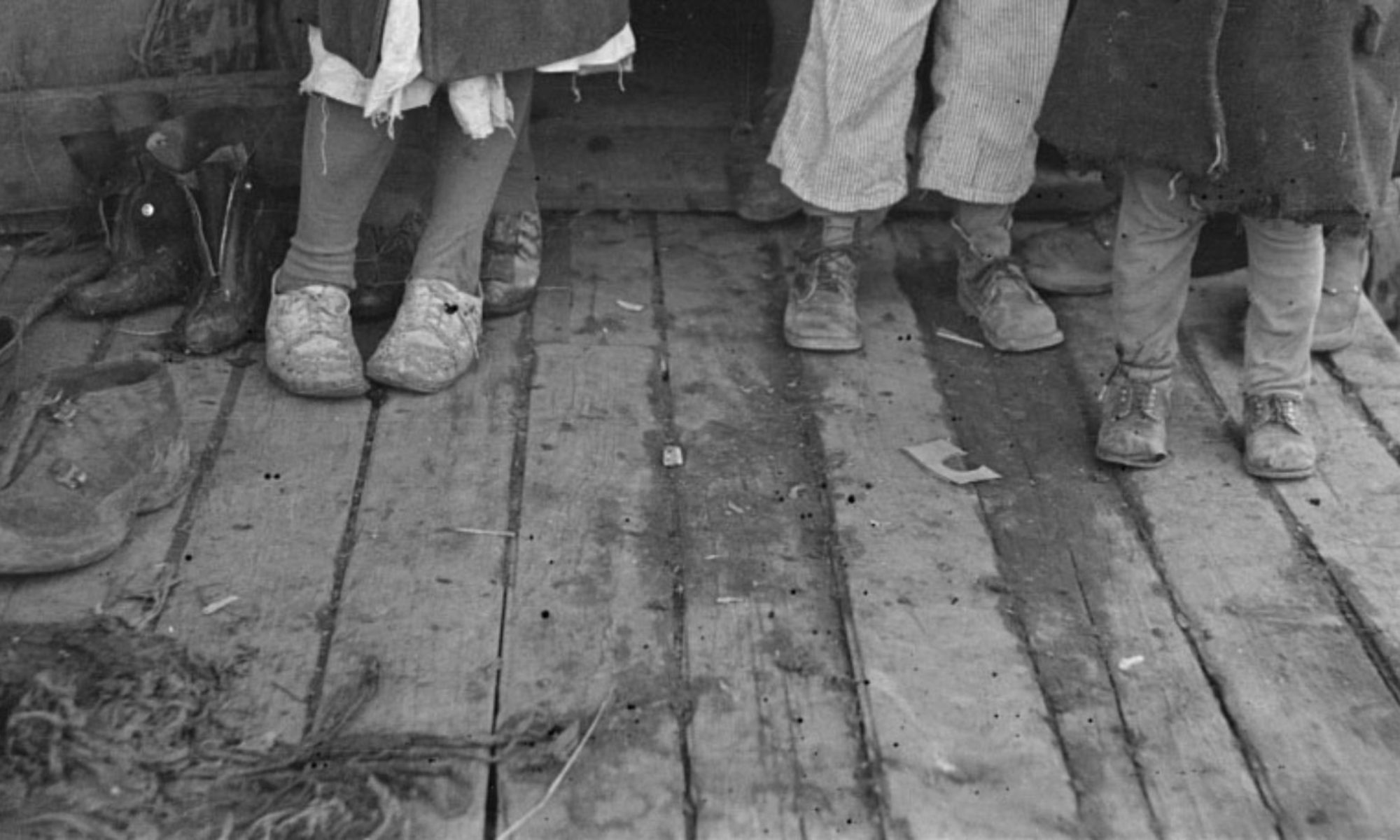“If you lost your key, you’d be stuck.”
When Marge, a octegenarian from Connecticut was a child in the 1930s, children would play with roller skates they could strap their shoes into, and tighten with a key, though if you lost the key while wearing the skates you’d be stuck in them until someone could help you out.

Childhood provides a unique, but understudied perspective on history. It’s important to look at how children view (and have viewed) the world because their experiences are different that of adults: while adults are going through the world with a solidified set of beliefs and understanding of how things are “supposed” to work, children explore their environment in order to learn what the world is and how they are supposed to behave in it (Holloway and Valentine).

Studying children – and the evolution of childhood as a social construction – provides insight into the way a society changes over time due to economic, political and other social factors (Holloway and Valentine). Looking at the role of children in the American labor force, for example, debates over children whether they should be looked at as “useful” members of society or if they possess an innocence that should be preserved until they are considered “old” enough (Alphonso 2014). These changes to the perception of childhood are connected to demographic changes between 1830 and 1920, primarily a declining birth rate (Macleod 1998) and increased immigration (Miyares 2014).

So what do shoes have to do with all of this? Shoes are so much more than a protective covering for one’s feet: looking at someone’s shoes can tell you about their job, socioeconomic status – even their personality. Historically, shoes have been used to examine everything from a civilization’s culture to its manufacturing methods. However, shoes can also be used as a way to study conceptions of children and childhood, as they have a place in the historical legacies of reform movements – particularly those related to health and education – during the late-nineteenth through mid-twentieth centuries as markers of social inequality. Children living in rural areas frequently went about barefoot , either because they felt like it or they couldn’t afford decent-quality shoes (Hoffschwelle 1998). This put them at risk for injuries and infections that would often prevent them from being able to go to school (Bleakley).

